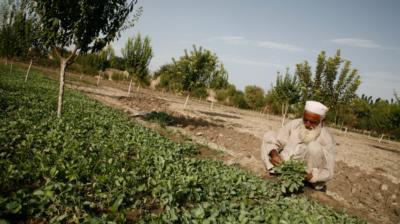Myopic preferences or subsistence income among rickshaw cyclists
The purpose of this paper is to investigate why poor people make decisions that at first sight appear irrational. The author stays within the realms of classical consumption theory, and investigates preference-based explanations. The author studies the case of rickshaw rental versus purchase. One-year rent is sufficient to buy a rickshaw in the plains of Nepal, while a rickshaw will last many years, so purchase appears very profitable. Still most cyclists rent the rickshaw. Based on choices made by rickshaw cyclists between hypothetical financing schemes for rickshaws we investigate whether the explanation is a high time-preference rate or a high elasticity of the marginal utility of consumption, which in turn can be explained by preferences that are formed by consumption near a subsistence level. The authors find that subsistence constraints are more important than high time-preference rates. In short, many rickshaw cyclists switch from profitable investment decisions to myopic choices if the weekly payments are too high.
https://doi.org/10.1108/IJDI-02-2015-0010
Magnus Hatlebakk





